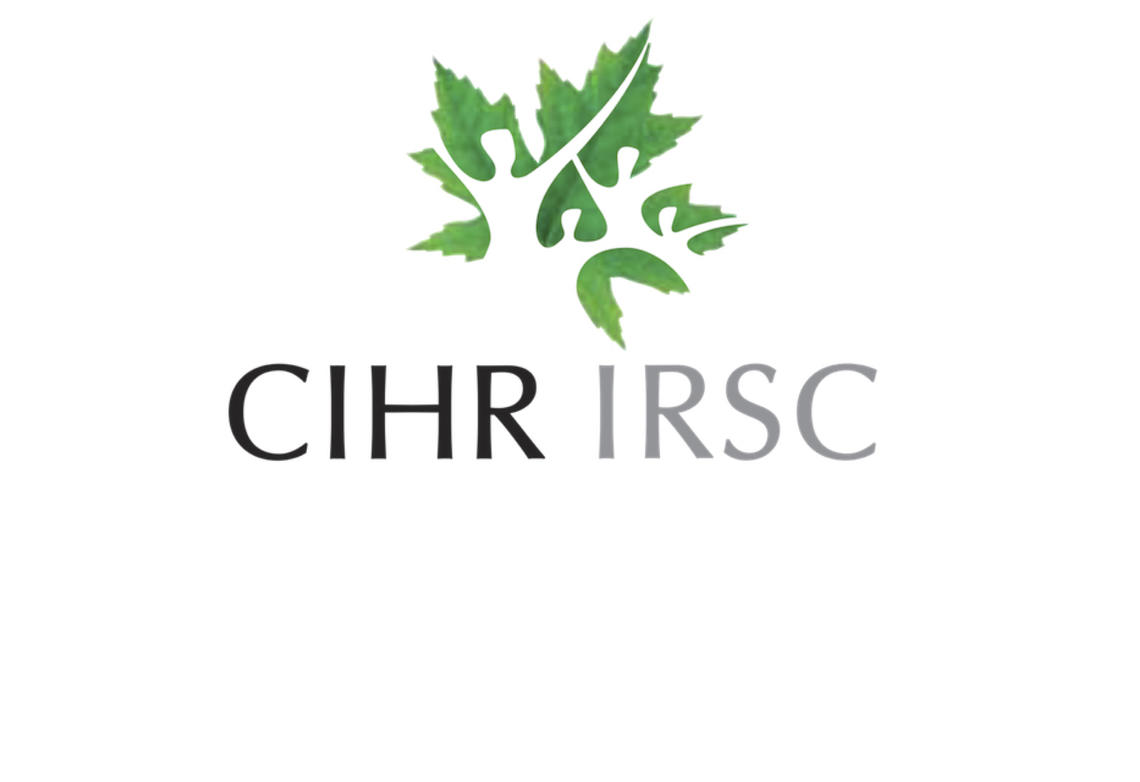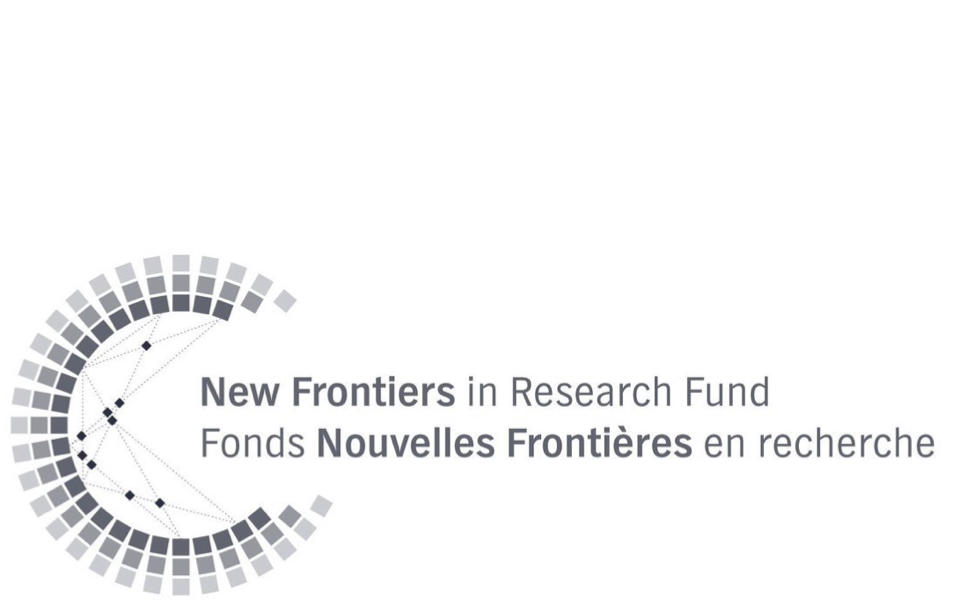
Using AI to Protect Children from Unhealthy Food and Brand Marketing on Digital Media

Using Artificial Intelligence to Protect Children from Unhealthy Food and Brand Marketing on Digital Media
Children are constantly exposed to unhealthy food and brand marketing on digital media. Evidence confirms that unhealthy food/brand marketing adversely affects children’s diet quality and diet-related health. While a growing number of countries, including Canada, aim to regulate unhealthy food/brand marketing to children on digital media, the volume, velocity, and variety (i.e., the 3 Vs of big data) of digital media preclude monitoring methods based on human labour. To fill this gap, we are developing an artificial intelligence system that automatically and continuously monitors marketing instances on various types of digital media including websites, YouTube, and mobile apps including social media. Our technology brings together various data science, machine learning, and software engineering methods to improve child health by assisting policy makers to monitor digital food/brand marketing.

Our AI System
A real-time artificial intelligence system that automatically and continuously monitors marketing instances on various types of digital media including websites, and mobile apps, including social media. Our technology brings together various data science, machine learning, and software engineering methods to improve child health by assisting policymakers in monitoring digital food/brand marketing.
Related Publications

D. L. Olstad and J. Lee. Leveraging artificial intelligence to monitor unhealthy food and brand marketing to children on digital media. The Lancet Child & Adolescent Health, 4(6):418-420, June 2020.
C. E. Valderrama, D. L. Olstad, Y. Y. Lee and J. Lee. Identifying factors that shape whether digital food marketing appeals to children. Public Health Nutrition, 26(6):1125-1142, April 2023.
Funded By


